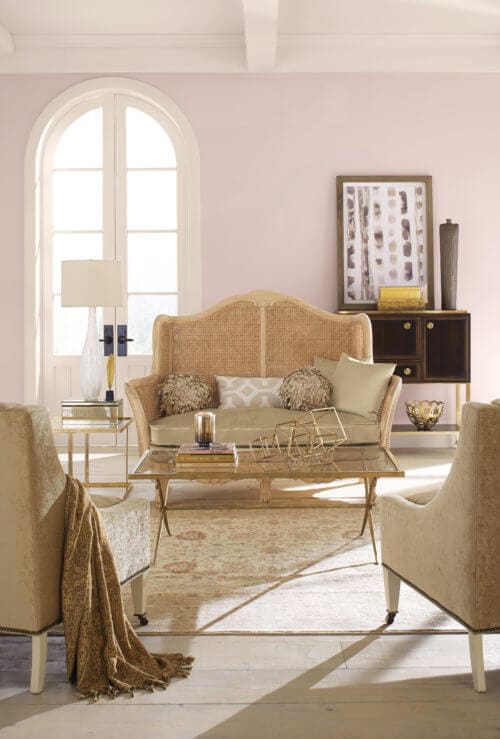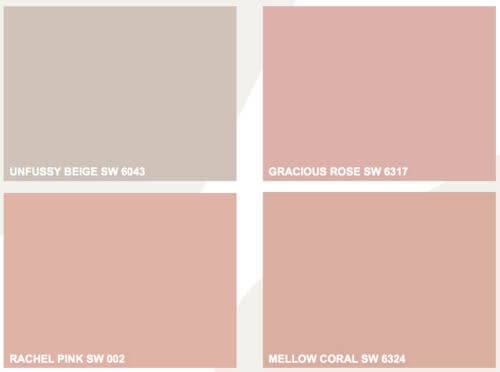COLOR STORY: Introducing Millennial Pink
Described as a pale red when it was first featured in the 17th century, it was related to men for 200 years. Since the 1920s, however, pink has been associated with women, charm, sensitivity, romance and childhood. Because of this, pink has been relegated to kids’ rooms and flowery, feminine design.

In its most current iteration, pink has been reintroduced as a modern neutral. As it is now called—“millennial pink”— transcends gender and design rules alike. The name millennial pink comes from the millennial generation, who has adopted the peachy, light salmon shade as a rule-breaking replacement for the “safer” neutrals like the beiges, creams and grays traditionally used.
“Millennial pink is useful in so many applications. It’s taking the concept of what beige was 10 years ago. Now this pinky neutral has snuck in.” A generation known for rejecting labels, both in society and in design, millennials have made pink a hue that can bridge age, gender and style boundaries.” – Sue Wadden, Sherwin-Williams director of color marketing
Though millennial pink is now the “it” shade, all shades of pink are having a moment. Whether your style is elegant, casual, chic or bohemian, the right tone of pink could be the exact change you’ve been craving for a while.

Pair pink with violet or black and create a seductive look. Pair it with white for a beach house or children’s room. Pair it with a contemporary color like teal or put it with grey or black for sophistication. Put it with simple furniture or with elegant grand English, French or Italian pieces. Use it in a manor house or cottage, in a bathroom, formal living room or kitchen. Organic collections look softer with pink and bohemian rooms look just dreamy. It’s versatile, uncommon and both dynamic and cozy.
So whether you choose rose quartz, hydrangea pink, shell, bubble gum or the ubiquitous millennial pink—brush, spray and roll a color that will excite you and thrill you for a very long time.
